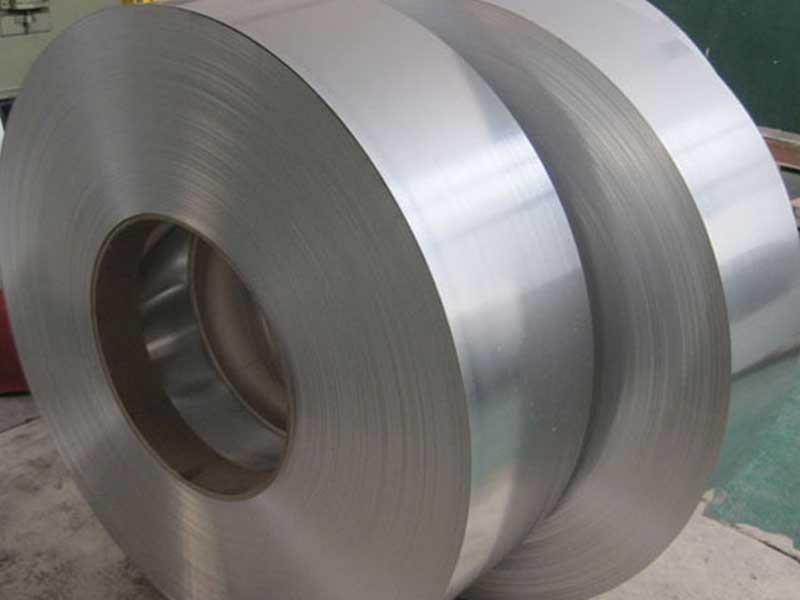1100 H14 Aluminum Strip for Transformer
In the evolving world of manufacturing electrical components, 1100 H14 aluminum strip has emerged as a pivotal material, particularly in transformer applications.
What is 1100 H14 Aluminum Strip?
1100 aluminum is a low-strength, corrosion-resistant alloy that belongs to the 1000 series of aluminum alloys. The temper designation “H14” indicates that the material is strain-hardened and has a moderate level of strength achieved without losing its ductility. This combination of properties renders it suitable not just for transformer cores but also for various industrial applications.
Technical Parameters of 1100 H14 Aluminum Strip
The efficiency of 1100 H14 aluminum strip in transformer applications arises from a careful balance of strength, formability, and conductivity. Here are the relevant parameters:
| Property | Value |
|---|---|
| Alloy Designation | 1100 H14 |
| Length | Custom sizes available |
| Width | 100mm to 1,500mm+ |
| Thickness | Typically ranges from 0.5mm to 6.0mm |
| Density | 2.7 g/cm³ |
| Yield Strength | 185 MPa (Approx.) |
| Ultimate Tensile Strength | 215 MPa |
| Elongation to Failure | 16% |
| Electrical Conductivity | 65% IACS (International Annealed Copper Standard) |
| Corrosion Resistance | Excellent |
Unique Implementation Standards
To ensure that the 1100 H14 aluminum strip meets industry demands and standards, it is vital to conform to at least the following guidelines:
- ASTM B221: This standard specifies the requirements for aluminum alloy extruded bars, rods, wire, profiles, and tubes.
- ASTM B569: Establishes standards for the
cooking methods relevant to aluminum foils used in transformers.
- ISO 50001: This standard establishes a management system to improve the energy efficiency of transformers through the selection and usage of energy efficient conductive materials like aluminum strip.
These standards not only guarantee the quality and performance of aluminum strips but also foster eco-sustainable practices within the industry.
Characteristics of 1100 H14 Aluminum Strip
1. Corrosion Resistance
One of the notable properties of 1100 H14 aluminum strip is its outstanding resistance to corrosion due to its high aluminum content, especially in moisture-rich environments. In transformer applications, where humid conditions invariably exist, this property can extend the operational lifecycle significantly.
2. Workability and Formability
The H14 temper offers a sweet spot for machinability and formability. Manufacturers can easily cut, crimp, and weld the strip without the risk of extensive deformation, giving greater control over complex transformer designs.
3. Thermal Conductivity
While copper may generally dominate electrical conductivity, aluminum possesses a ratio that makes it effective, particularly in weight-sensitive designs. The specific IACS conductivity of 65% denotes that they can efficiently perform thermal management applications required in transformers through weight-saving maximization.
Alloy Tempering and Other Technical Conditions
Tempering involves selective heating processes that relieve stress in aluminum alloys while maintaining requisite mechanical properties. Common alefmeted and quenching methods influence the organization of material crystal places, in the survey called “memsins” adapt these processes effectively allows for improved wear-resistance characteristics.
https://www.alusheets.com/a/1100-h14-aluminum-strip-for-transformer.html


